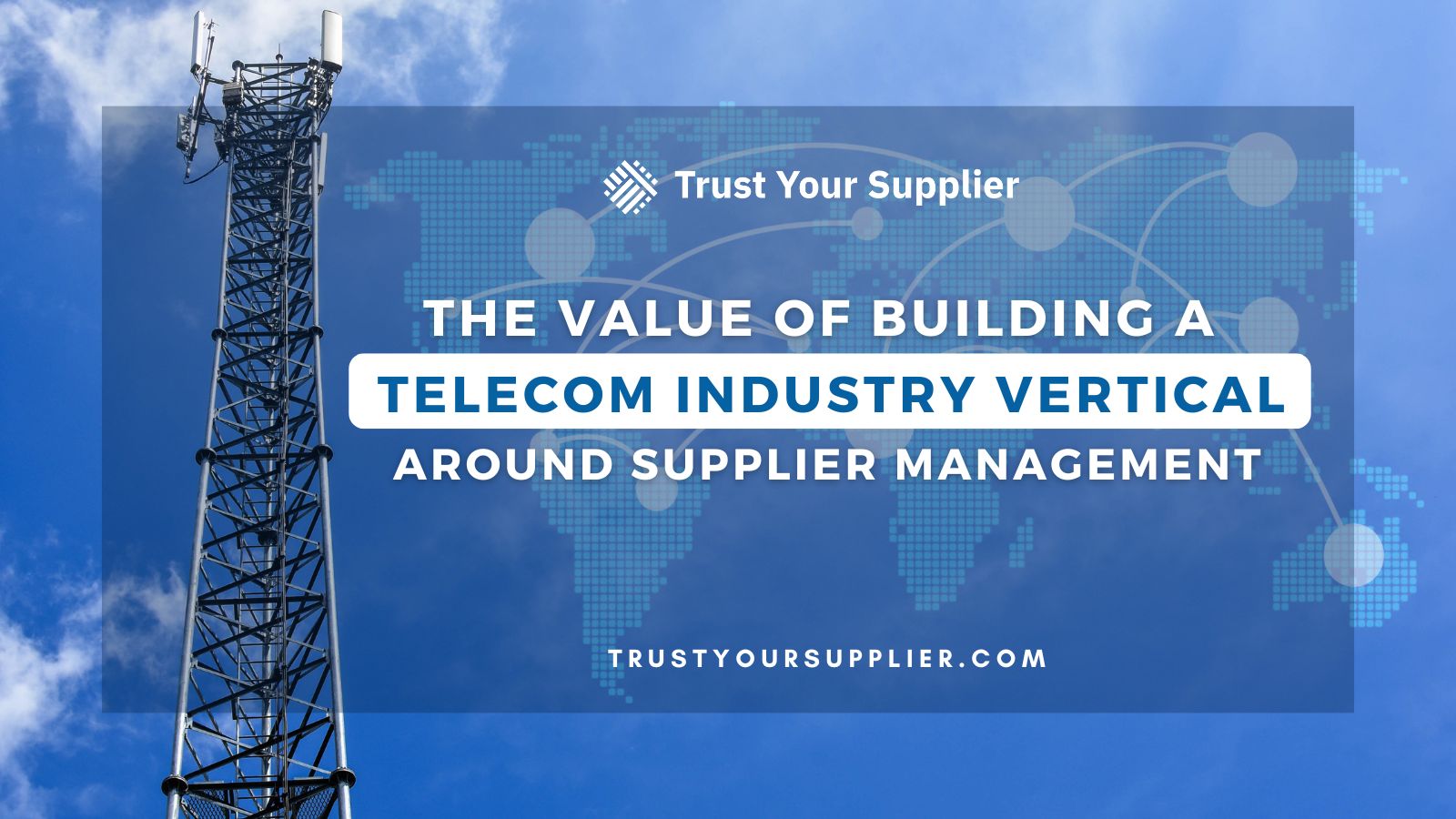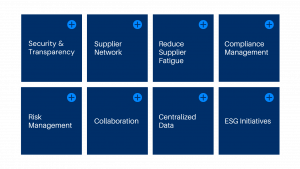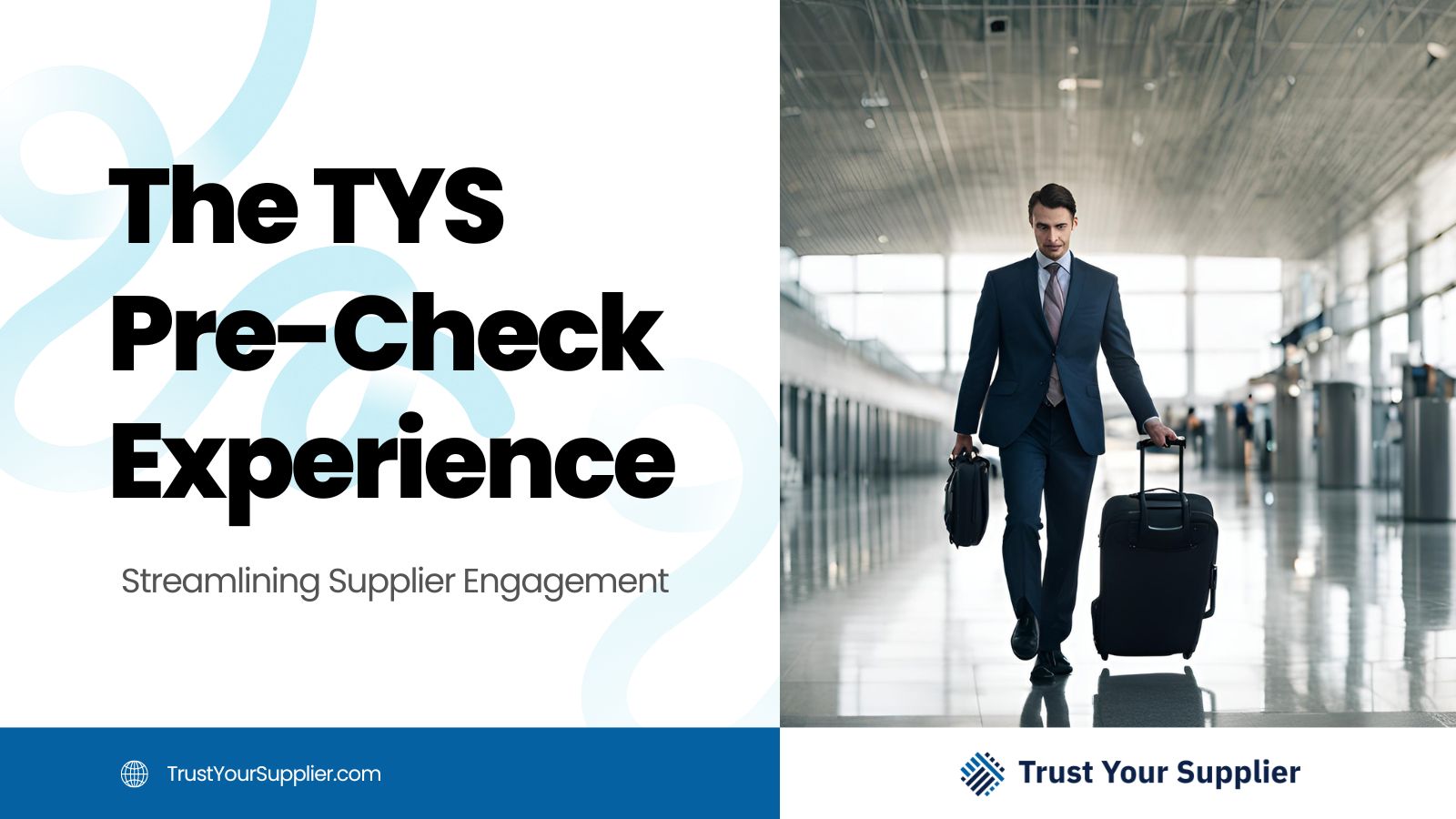“Mondays are the potholes on the road of life.” – Tom Wilson, Ziggy
If there were a national contest, Monday would easily win Least Favorite Day of the Week. Overflowing inboxes, back-to-back meetings, and a to-do list longer than your weekend – Procurement Leaders, we feel your pain.
In our last blog, we explored how fragmented supplier data creates invisible risks and inefficiencies. But what does that look like when it really matters? Here’s how the right supplier data platform can turn a potential disaster into just another Monday.
Now imagine this Monday:
- A supplier emails new banking details — but is it really them?
- Your QA team flags a critical, single-source component for failing performance standards
- A new ESG regulation takes effect – compliance is now mandatory
- Your new A/P hire is out sick, leaving supplier inquiries and payments in limbo
At this point, staying in bed might seem like the best decision you could make all week.
But here’s the difference: your organization runs on Trust Your Supplier (TYS). Instead of scrambling, you’re equipped with unified supplier data, automated workflows, and real-time insights to stay ahead.
A TYS-Powered Monday Looks Different
Bank Account Update — or Fraud Risk?
You receive an email from a supplier with updated bank account details. Looks legitimate, but what if it’s not?
With TYS, your team doesn’t rely on inbox guesswork. Instead, the supplier logs into their secure Digital Wallet and submits the change using two-factor authentication. That update automatically triggers a validation workflow. Your team is notified, reviews the change, and confidently approves — no fraud, no delays, and no unnecessary manual steps.
QA Red Flag?
Search by UNSPSC code, and the TYS network instantly surfaces qualified alternatives. You review their profiles, request connections, and begin assessing capabilities within minutes, not days.
ESG Compliance Deadline?
No scrambling required. Your TYS dashboard has been tracking this for months. Supplier questionnaires, documentation, and scores are centralized and up to date. One glance confirms you’re covered.
A/P Resource Out?
No delay. Supplier banking details and billing contacts are stored in their Digital Wallets, accessible by anyone on your team. Payments and communication continue uninterrupted.
Why Procurement Leaders Trust TYS
With TYS, supplier management becomes proactive, not reactive.
✅ Real-time visibility into supplier risk and disruptions
✅ Vetted alternatives through a powerful, connected supplier network
✅ Centralized supplier data for faster decisions and cross-functional collaboration
In a world where disruptions are constant and expectations are high, unified supplier data isn’t just a nice-to-have, it’s your first line of defense.
And if untangling your supplier data is step one, avoiding blind spots is step two. With TYS, you’re not just organized – you’re ready.
Missed Part 1? Check out our first blog: Untangling Supplier Data: The Hidden Risks in Your Procurement Systems
Next up:
How to evaluate whether your organization is ready to make supplier data a strategic advantage. Take our interactive quiz.

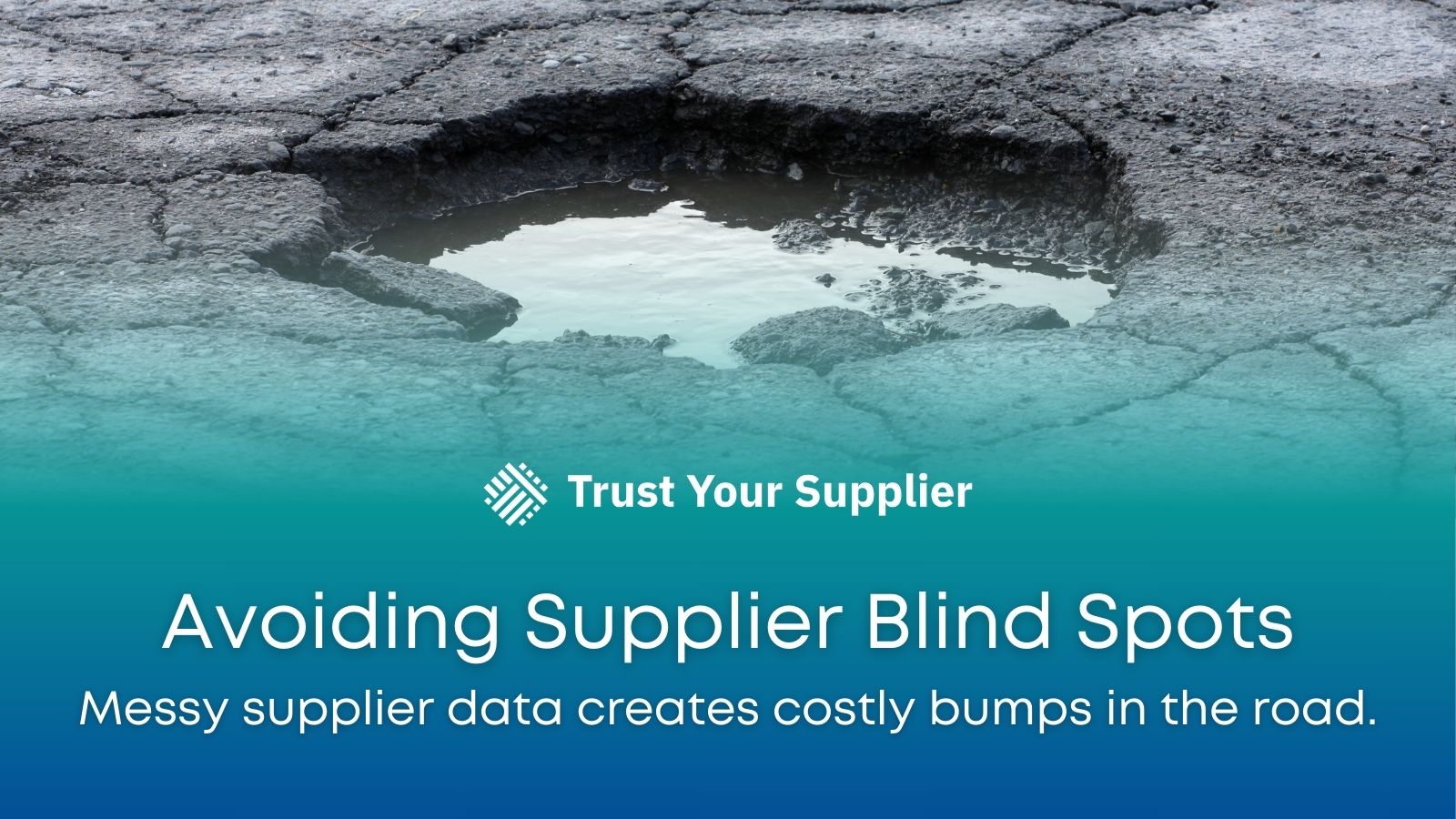

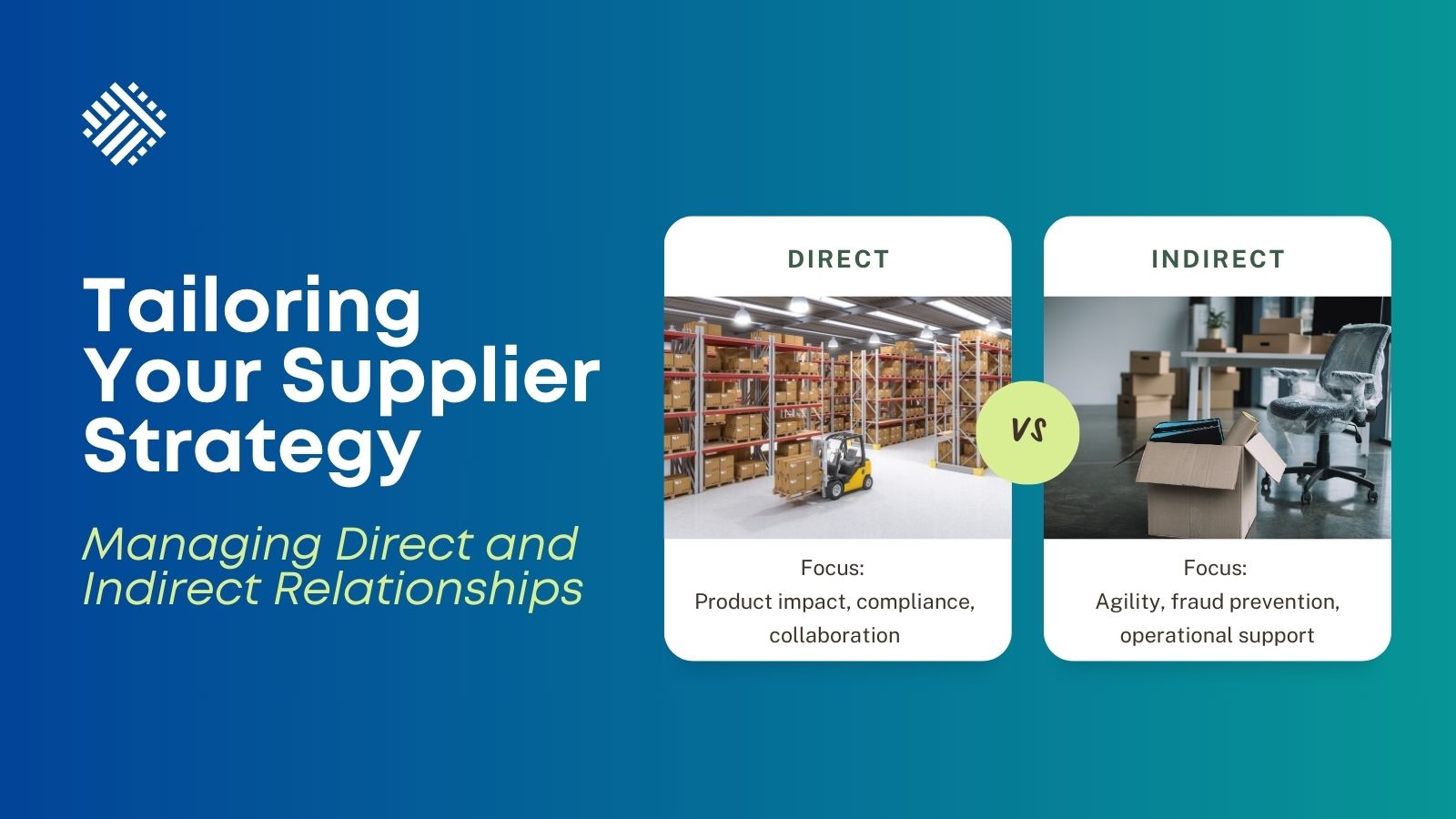

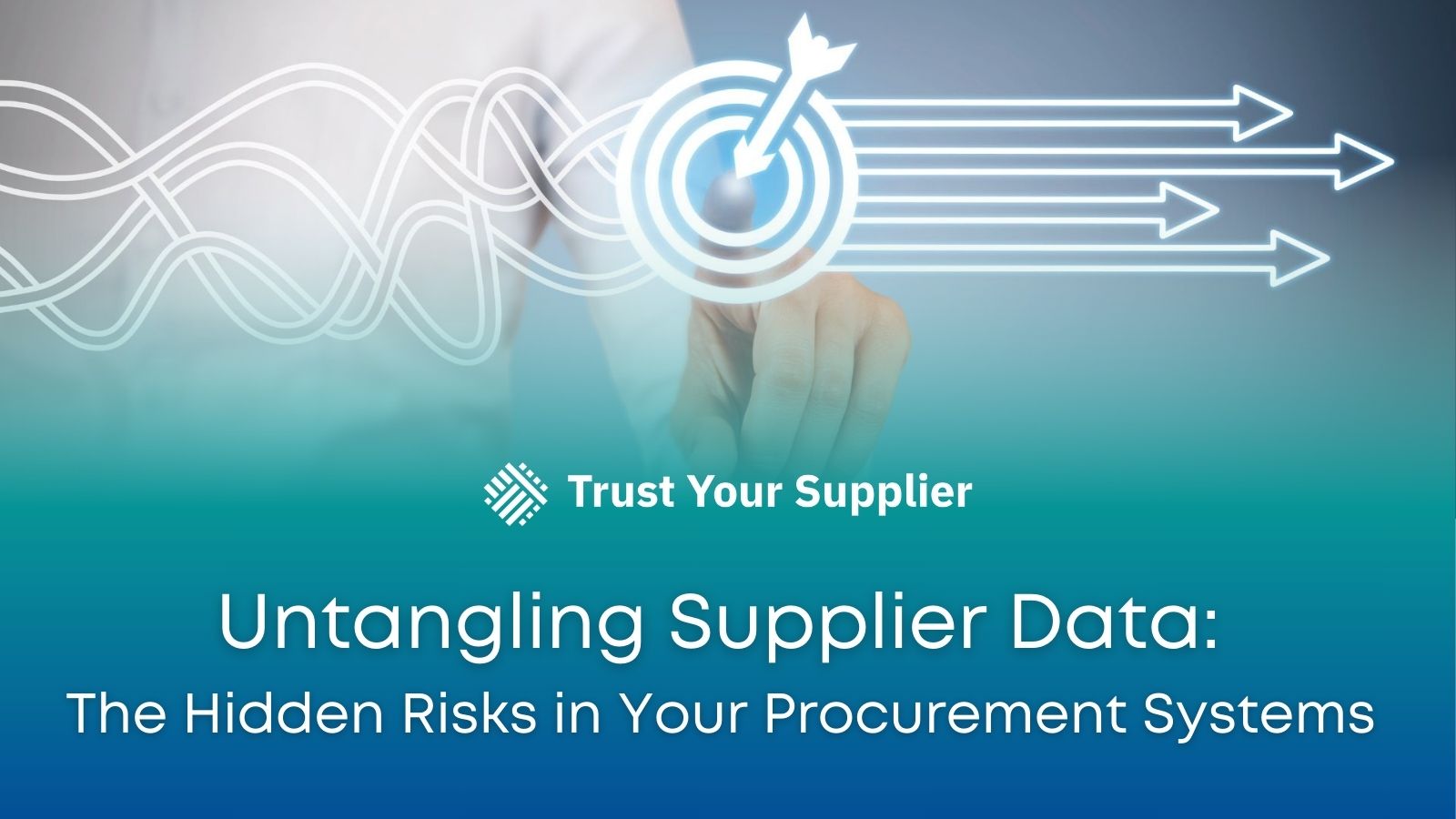
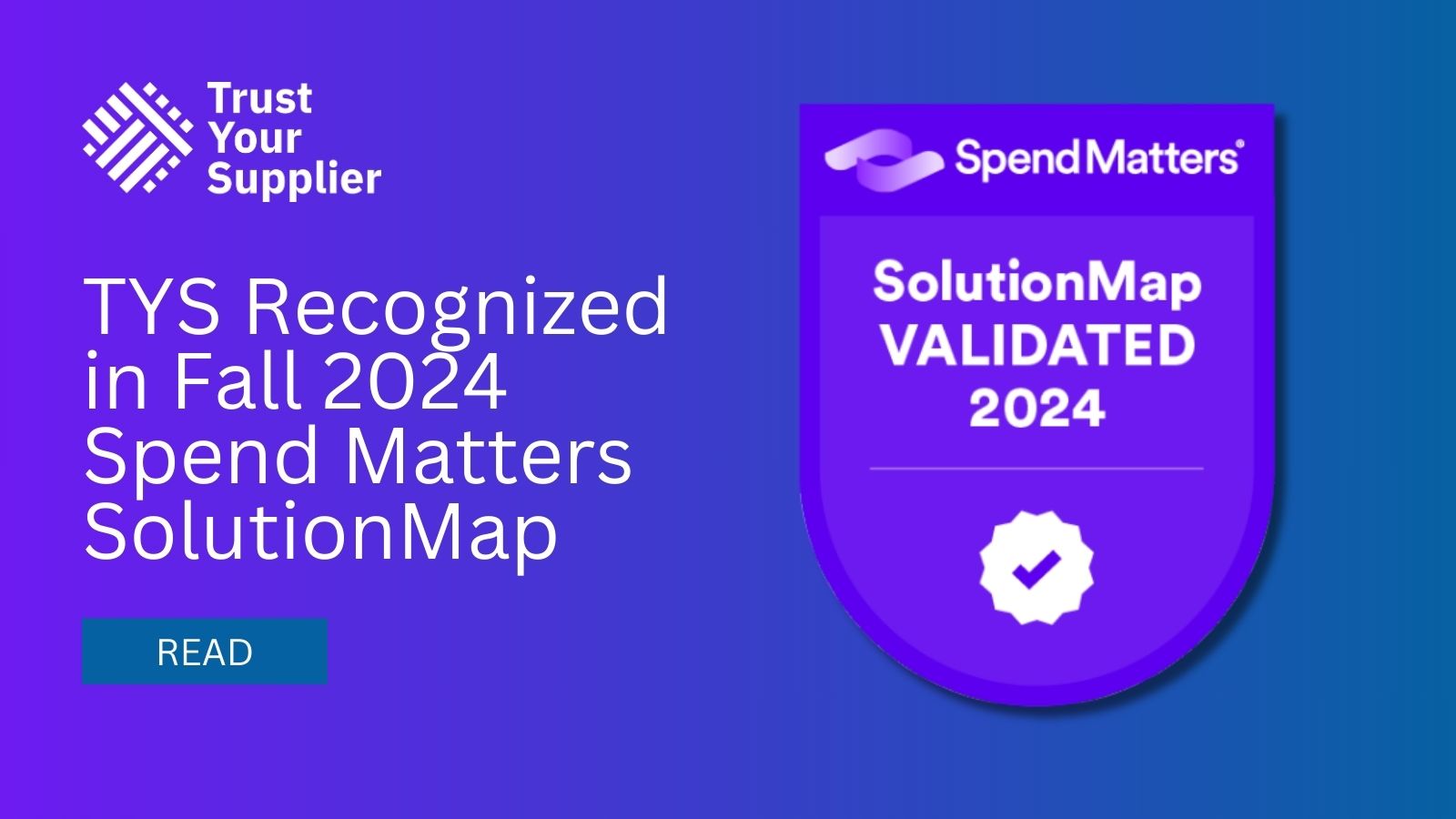



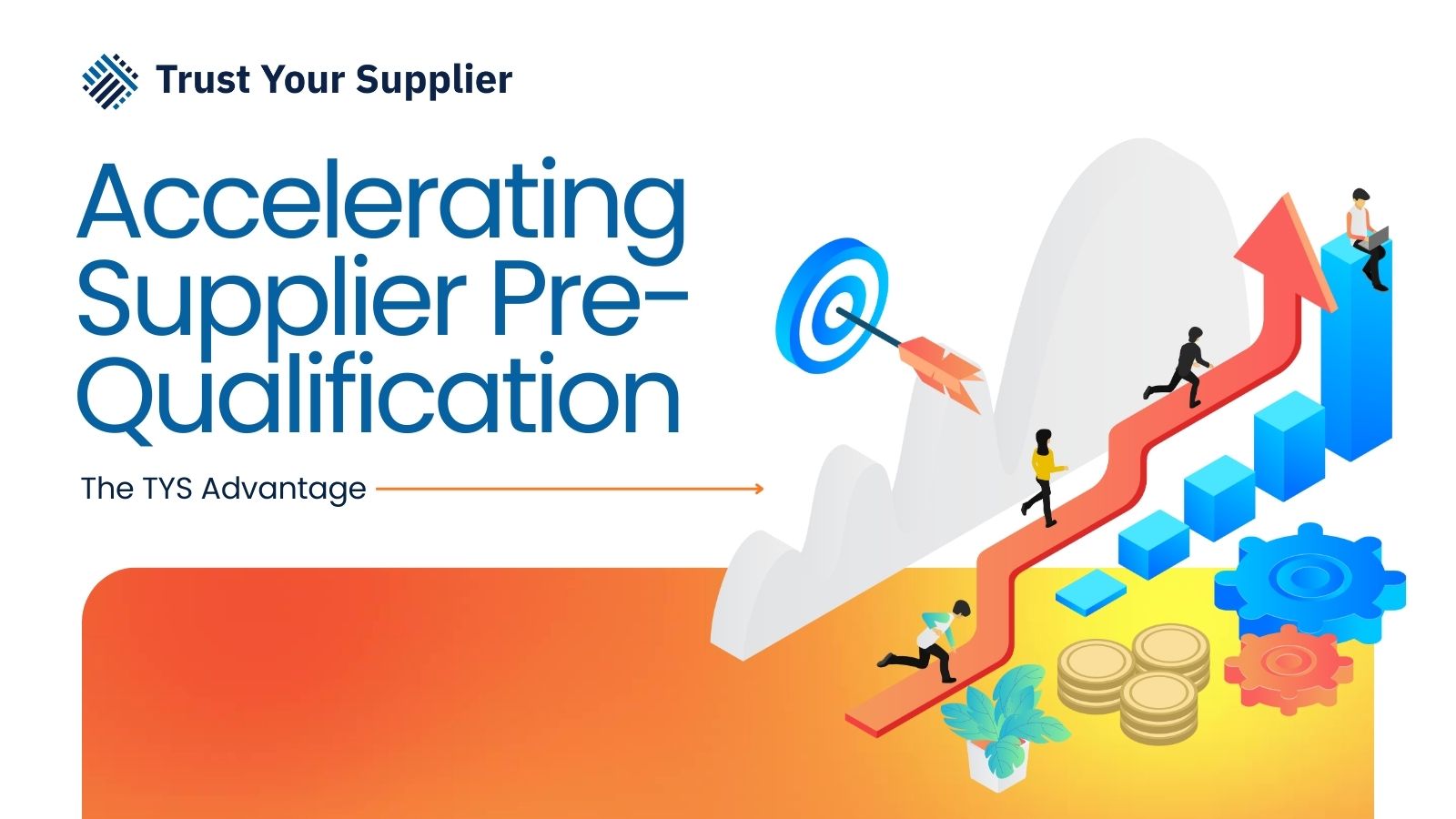
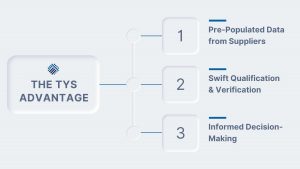

 Digital agility refers to the ability of an organization to rapidly adapt to changes, implement new technologies, and respond to market demands with speed and efficiency. For telecommunications companies, this means being able to quickly roll out new services, upgrade infrastructure, and deliver exceptional customer experiences. Achieving this level of agility requires a robust and flexible supply chain that can keep pace with the industry’s dynamics.
Digital agility refers to the ability of an organization to rapidly adapt to changes, implement new technologies, and respond to market demands with speed and efficiency. For telecommunications companies, this means being able to quickly roll out new services, upgrade infrastructure, and deliver exceptional customer experiences. Achieving this level of agility requires a robust and flexible supply chain that can keep pace with the industry’s dynamics.
